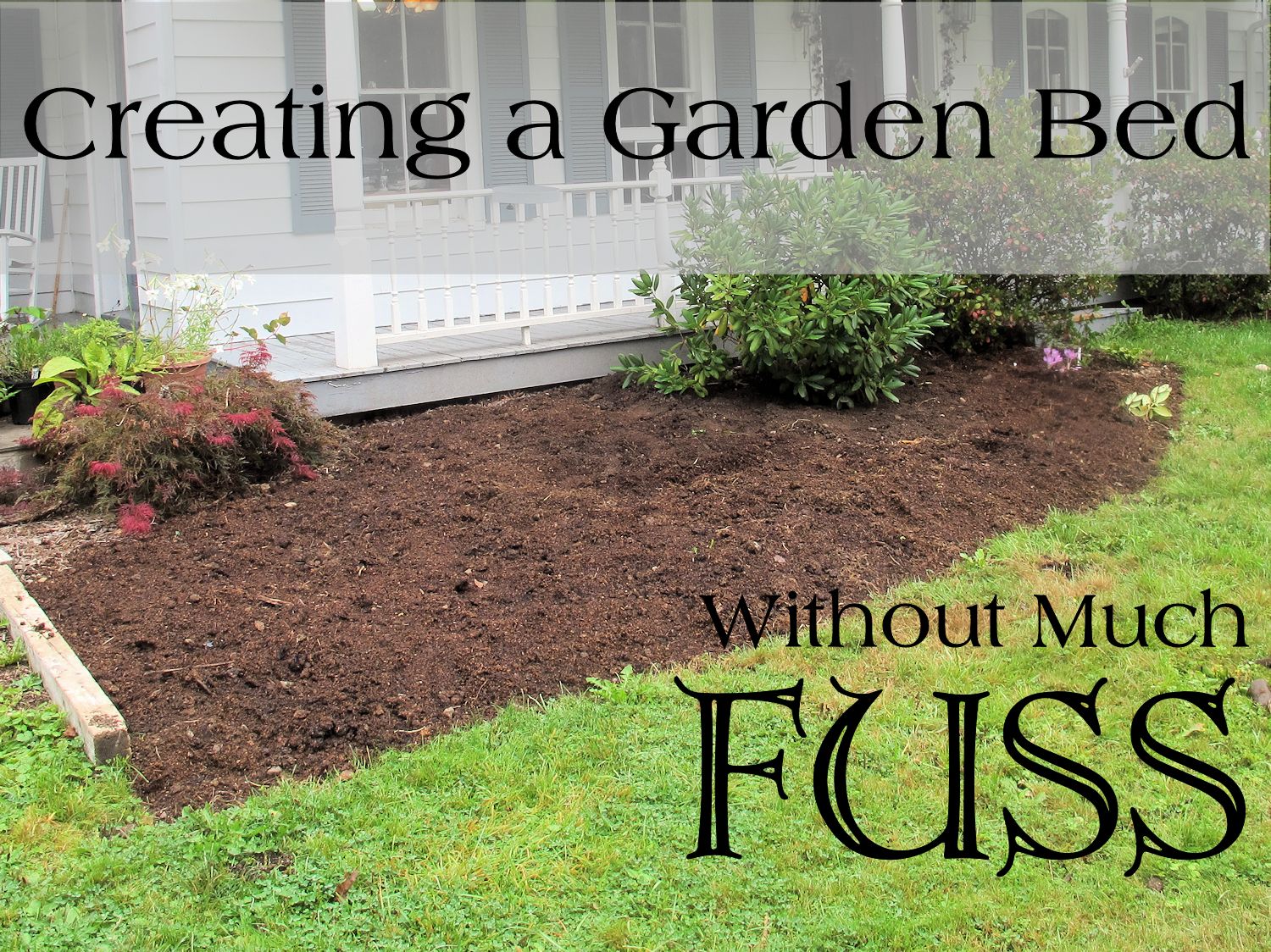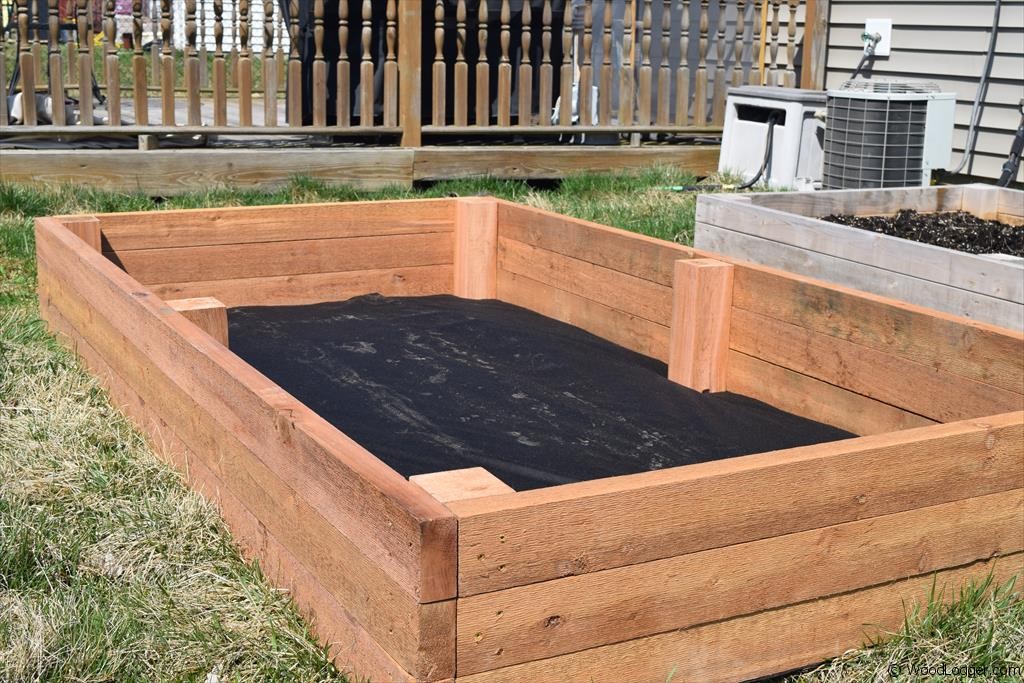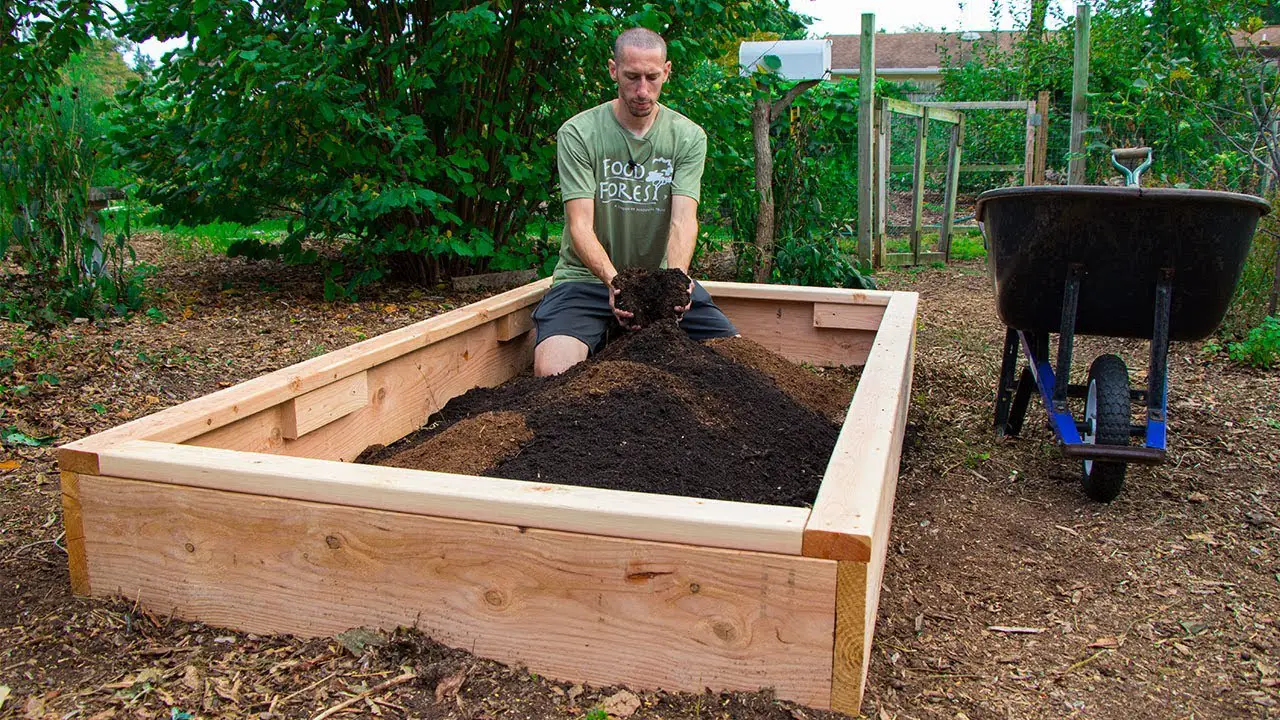Creating planting beds is straightforward and rewarding. You can transform your garden with a bit of effort.
A planting bed is a designated area for growing plants. It can be raised or at ground level. The purpose is to improve soil conditions and focus nutrients where needed. This practice enhances plant growth and overall garden aesthetics. In this guide, you will learn the steps to create your own planting beds.
Whether you have a small backyard or a large garden, these steps are easy to follow. You will need some basic tools and materials. By the end, you’ll have a beautiful, organized space ready for planting. Let’s get started on making your garden the best it can be.

Credit: www.youtube.com
Planning Your Planting Beds
Select a spot with good sunlight. Plants need light to grow. Aim for six hours of sun each day. Check for trees or buildings that may block the sun. Ensure the area has good drainage. Water should not pool after rain. Avoid low spots.
Observe the sunlight throughout the day. Note which spots are sunny and which are shady. Test the soil quality. Use a simple soil test kit. Good soil is key for healthy plants. Check for soil texture too. Sandy soil drains fast. Clay soil holds water. Both can be improved with compost.

Credit: www.coldclimategardening.com
Designing The Layout
Begin by sketching the planting bed layout on paper. Consider the shape, size, and plant arrangement for optimal growth. Plan paths for easy access and maintenance.
Sketching Your Design
Start by drawing the shape of your planting bed. Use a pencil and paper. Create different shapes. Try squares, circles, or curves. Next, decide where each plant will go. Think about their height and color. Tall plants should be at the back. Short plants go in front. This way, all plants get sunlight.
Considering Plant Spacing
Plants need room to grow. Leave space between each plant. Check the plant’s tag for spacing info. Crowded plants can get sick. They need air to flow around them. Also, give them room to spread. Some plants grow wide. Others stay narrow. Plan your spacing carefully.
Preparing The Soil
Start by removing all weeds and grass. Use a spade or hoe. Dig deep to get the roots out. This helps new plants grow better. Clear any rocks or debris. These can hinder plant growth. Make sure the area is smooth and even.
To enrich the soil, add compost or manure. These add nutrients plants need. Mix the compost well with the soil. You can also add peat moss. It helps with soil texture and moisture. Fertilizers can be added too. Choose organic options for better results.
Building The Bed Structure
Raised beds are great for many reasons. They offer better drainage and soil quality. You can control the soil mix. Raised beds are easier to work on. You don’t have to bend down as much. Ground beds are different. They are simple and cost less. You use the soil you have. Both types have their own benefits. Choose based on your needs and space.
Building a raised bed is simple. First, pick a sunny spot. Use wood, bricks, or stones to make the sides. Make sure the bed is about 12 inches high. Fill with good soil. Add compost for nutrients. Plant your seeds or plants. Water them well. Keep an eye on your plants. Enjoy your new garden!
Selecting Plants
Choose plants that grow well in your area’s climate. This is very important. Some plants need a lot of sun, while others prefer shade. Check the hardiness zone for your region. Pick plants that match this zone. This helps them thrive.
Companion planting is growing plants together. They help each other grow. For example, basil grows well with tomatoes. It keeps pests away. Corn, beans, and squash grow well together too. They support each other’s growth. This method improves plant health.

Credit: www.woodlogger.com
Planting Techniques
Choose seeds for your garden. Make sure they are fresh. Read the packet for planting depth. Sow the seeds in rows. Cover them with soil. Water gently. Keep the soil moist. Watch for sprouts. Thin the seedlings if needed. This helps them grow strong.
Prepare the planting bed first. Make holes for the seedlings. Gently remove seedlings from their pots. Be careful with roots. Place them in the holes. Firm the soil around them. Water well. Protect them from harsh sun. This helps them settle in.
Watering And Mulching
Use a hose with a gentle spray. This prevents soil erosion. Water early in the morning. This allows plants to absorb moisture before the sun heats up. Avoid wetting the leaves. Wet leaves can cause plant diseases. Ensure the soil is moist, not drenched. Overwatering can harm plant roots. Check the soil regularly. Dry soil needs more water. Consistent watering helps plants grow strong.
Mulching keeps the soil moist. It reduces the need for frequent watering. Mulch also controls weeds. Weeds compete with plants for nutrients. Mulching improves soil quality. It provides nutrients as it decomposes. Mulch helps regulate soil temperature. This keeps roots healthy. It also gives planting beds a neat look. Choose organic mulch for the best results.
Maintaining Your Garden
Regular weeding keeps your garden healthy. Weeds steal nutrients from your plants. Pull weeds by hand or use a tool. Pruning helps plants grow better. Cut away dead or overgrown branches. Use clean, sharp tools to avoid damage. Prune in the morning for best results. Dispose of weeds and pruned branches properly.
Check plants for pests daily. Look under leaves and on stems. Remove pests by hand or use natural sprays. Diseases can harm plants too. Spot diseases early to save your plants. Use organic treatments to fight diseases. Keep your garden clean to prevent pests and diseases. Healthy plants resist pests and diseases better.
Frequently Asked Questions
What Is The Best Soil For Planting Beds?
The best soil for planting beds is loamy soil. It provides good drainage, nutrients, and aeration. Adding compost improves soil quality.
How Deep Should Planting Beds Be?
Planting beds should be 6-12 inches deep. This depth allows roots to grow properly. Deeper beds are better for larger plants.
Can You Plant Directly In Raised Beds?
Yes, you can plant directly in raised beds. Ensure the soil is well-prepared and nutrient-rich. Raised beds offer better drainage.
What Plants Are Good For Raised Beds?
Herbs, vegetables, and flowers are great for raised beds. They thrive in the controlled environment. Popular choices include tomatoes, lettuce, and marigolds.
Conclusion
Creating planting beds is easier than it seems. With the right steps, you can transform your garden. Prepare the soil, choose the right plants, and arrange them well. Regular maintenance keeps your beds healthy and vibrant. Enjoy the beauty and benefits of your efforts.
Happy gardening!

My mission is to help you bring the beauty of nature indoors with expert advice, detailed plant care guides, and creative design ideas.





Leave a Reply